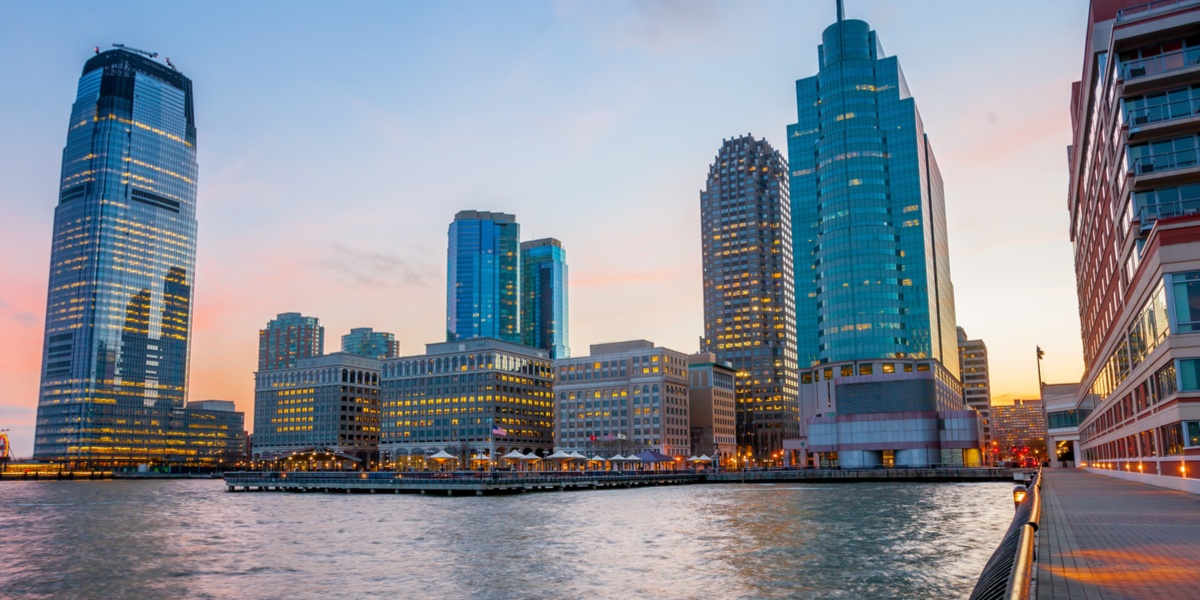Improving Water Efficiency in Buildings: Trends and Solutions

Water efficiency is not a new concept, especially in the United States. As of late, the excessive use of the water drawn from underground and surface sources has led to deficits. When it comes to residential, federal, and commercial buildings, water efficiency measures have increased in popularity.
Where We Are Now
From low-flow toilets and urinals to collecting rainwater, such solutions proved beneficial. Reducing water waste, yielding lower volumes of sewage, increasing energy efficiency, and saving significant amounts are some of the most visible results so far. However, there are other solutions out there that building managers and homeowners can implement to increase their buildings’ water efficiency to meet current policies.
How to Increase a Building’s Water Efficiency
Beyond the codes and the increasing awareness of peoples’ need to use natural resources mindfully, communities, agencies, and NGOs have made further strides to increase water efficiency in the U.S.
In the framework of aging infrastructure, which needs massive repairs, upgrades, and replacements, pushing the envelope on finding innovative solutions to lower energy and water costs with environmental benefits makes perfect sense.
Looking for a plumbing design to increase your building's water efficiency?
Water Descalers
A relatively new technology aimed to replace the infamous salt-based water softeners water descalers eliminate the problem of hard water in residential and commercial buildings.
As a water treatment usually installed in new buildings, a water descaler can become an efficient upgrade to any home or facility. Due to the technology involved, electronic water descalers are eco-friendly, affordable, and easy to install to eliminate water hardness molecules, increasing water efficiency overall.
Limescale and hard water lead to:
- Pipes’ clogging,
- Reductions in water pressure,
- Water heaters’ damages,
- Appliances’ breaking,
- Heating systems’ malfunctions, and, subsequently, rising energy costs and a rising need to replace plumbing, pipes, fixtures, and hot water/heating generators.
In comparison to other technological means of improving water efficiency, water descalers come with a handful of particular benefits:
- Easy to install and move, requiring no downtime or certified plumbing skills;
- Generate considerable energy savings;
- They do not alter the water quality in a home or a facility;
- Reduce the lifetime management costs of a building;
- By preventing scale deposits, they extend the life of plumbing, pipes, fixtures, surfaces, and appliances;
- They need little to no maintenance.
When installed within the pipe system of a building, water descalers prolong the working life and efficiency of water systems and water-based equipment/appliances. These systems lower the maintenance and energy costs of a building, improving sustainability, and keeping the emission of greenhouse gases to a minimum.
Water Sense Equipment Upgrades
According to the EPA, the WaterSense program can have a significant impact on water efficiency. The agency reports that we could all save 20% more water if we installed water-efficient fixtures and appliances. Moreover, American families could save more than $380 annually if they retrofitted with appliances and fixtures carrying the WaterSense label and Energy Star certifications.
In homes, people invest in new appliances, but when it comes to facilities, managers should think bigger. When it comes to buildings, commercial kitchens, cafeterias, or laundry rooms should benefit from energy-efficient and water-efficient appliances.
Old water-cooled icemakers, water dispensers for offices, commercial dishwashers for restaurants – these are all examples to consider.
Saving over 50,000 gallons of water per year, more than $200 in water bills, and nearly $1,000 in energy costs by only replacing older commercial appliances with Energy Star ones adds to managers’ sustainability and financial efficiency efforts.
Greywater Systems
Graywater is wastewater that is untreated and never encountered toilet waste. Installing greywater systems can help us use this water for non-potable applications, such as toilet/urinal flushing, irrigation, and so on.
One problem is that the use of greywater is that it comes with state and local regulations. Depending on building codes, zoning laws, and the state public health department, you can legally collect and reuse greywater. Each state has its definition of what greywater is and how people can use it.
Graywater systems collect the water from sinks, showers, and other drains. Usually, the applications also involve the use of screen filters to separate impurities from the water. In-line water filters, filter bags, and settling tanks are all optimal solutions for a greywater filtration system, depending on its size and purpose.
One successful example of using greywater for the management of a water-thirsty facility is Levi’s Stadium in Santa Clara, home of the 49ers. The multi-use sports and entertainment complex uses greywater and rainwater for irrigation, toilets, urinals, and other potable and non-potable applications.
Innovative technologies are here to help residential and commercial building managers and owners improve water efficiency, support sustainable living, and decrease costs.

Anuj Srivastava
Anuj Srivastava is a principal partner at NY Engineers. He is known for his MEP franchise market knowledge. Anuj is currently leading a team of 100+ MEP/FP engineers and has successfully led over 1500 franchise projects in the US.
Join 15,000+ Fellow Architects and Contractors
Get expert engineering tips straight to your inbox. Subscribe to the NY Engineers Blog below.



